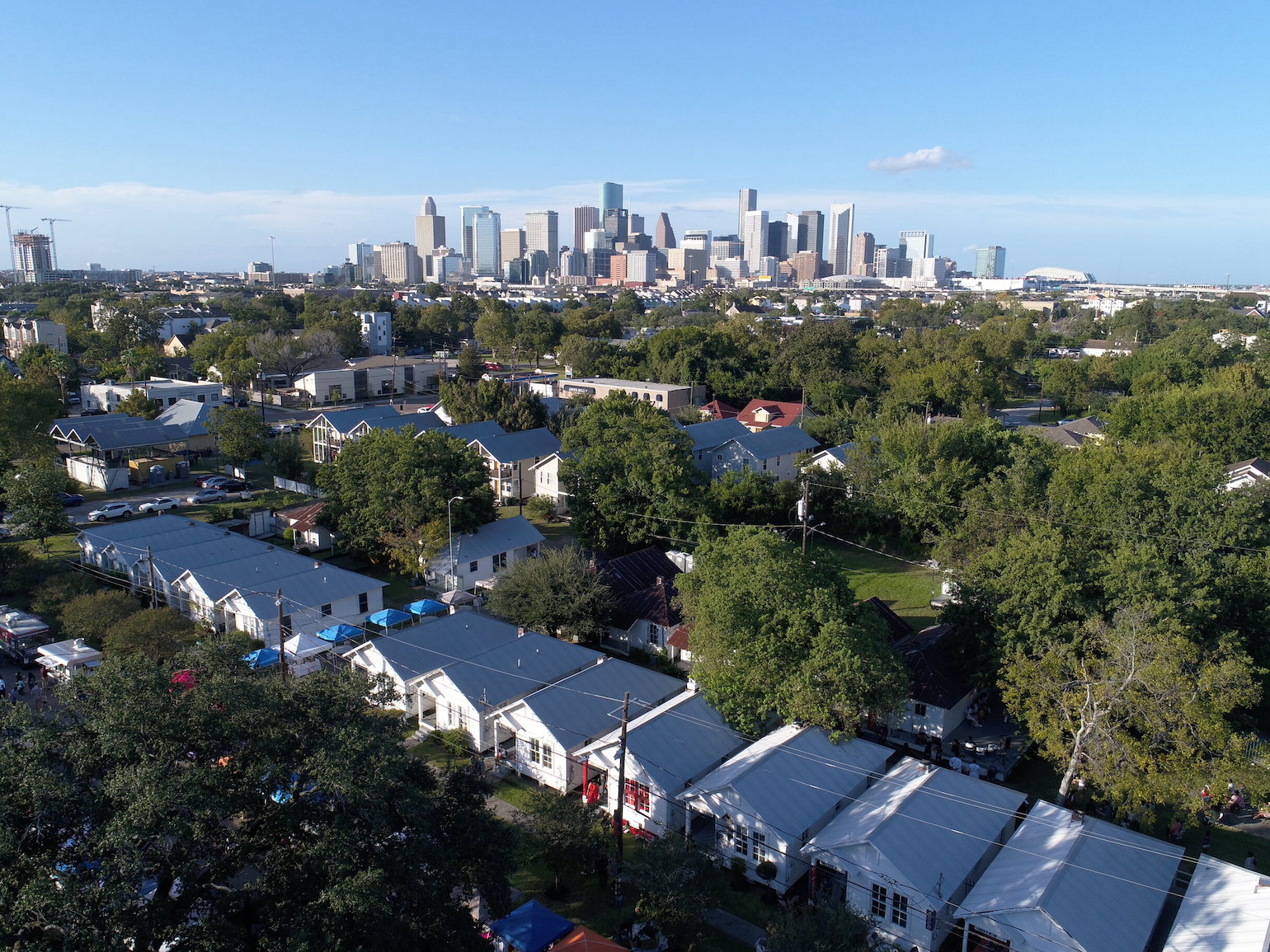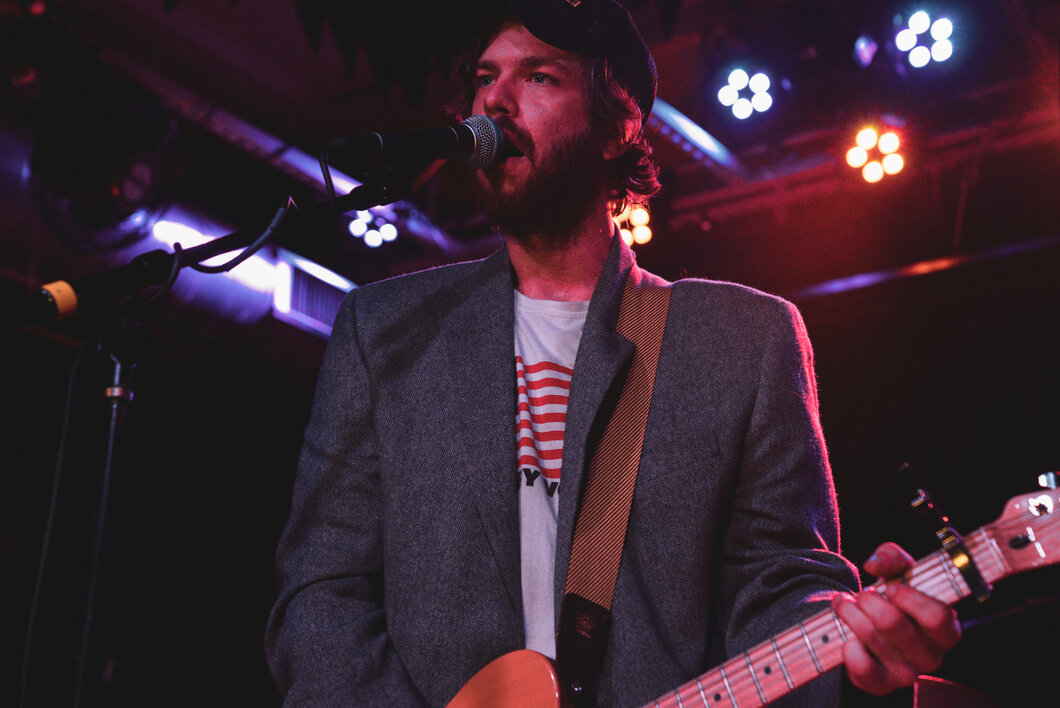Art as social action
Art history alumnus Daniel VanZandt explores the impact and limits of social practice art.

Merge art and social action and what do you get? Social practice art. An art medium that seeks to engage audiences through political activism and community organizing in lieu of more stationary and traditional forms of art, such as paintings and statues. Because a picture is worth a thousand words, but change requires action.
Why call social action art?
It’s the question that got Daniel VanZandt, M.A. ‘22, thinking deeper about the reach and limits of art as social action. A recent art history graduate, his thesis explored the medium by looking at three social practice examples: a low-income housing project created by community organizer and painter Rick Lowe in Houston, workshops and media intervention for youth of color held by educator and performance artist Suzanne Lacy in Oakland, California, and a theatrical production put on by writer Paul Chan to raise funds for those impacted by Hurricane Katrina in New Orleans.
VanZandt recently presented his research at the 2023 Graduate Research Symposium.
“Many social practice artists come from performance art backgrounds” he said. “Others work in traditional media until challenged to do more.”
Lowe got his start as a political painter until one day a high school student visiting his art studio challenged him to do more. The student said creatives ought to think up creative solutions to community problems. Lowe took the advice to heart and went on to purchase five city blocks and turned 39 structures into Project Row Houses (1993-2018), a cultural hub and low-incoming housing for single mothers.
“Tania Bruguera who’s this Cuban American artist talked about how when it comes to art that deals with political issues, she didn’t want to make art that points at the thing but instead create art that is the thing itself,” VanZandt said. “These are artists who are spreading awareness by attempting to solve problems through their work, and that’s why it’s called art.”
Net positive

Not everyone agrees social practice should be labeled art. Critics say that at the end of the day, it’s art, and when you compare it to real social work, how does it stack up, really? VanZandt acknowledges that any time a brand is at stake, there’s posturing involved.
“These are artists trying to gain recognition and make a living. Art is what they’re known for. Art is how they receive funding and apply for grants through art organizations. Getting things done takes clout.”
The conundrum holds a particular weight for VanZandt who produces his own music as a singer-songwriter.
“It definitely got me thinking about why I do art. Is it really about getting high-fives at the end of the day? I kept thinking while writing my thesis about how I had to come away with an answer, but in the end, I realized it’s not so black and white.”
Art is empowering, VanZandt said, and that’s no small thing.
For the communities that benefit from art as social action, the change is real. And maybe production of more conscious art will prompt more conscious consumption.
“Art doesn’t exist in a vacuum,” he said. “There’s real life consequences through the sale and dissemination of art. There’s money behind it. Where does the money go? Who’s it supporting? Just like anyone else, artists don’t exist outside of politics or social responsibilities.”
By Kristy Case